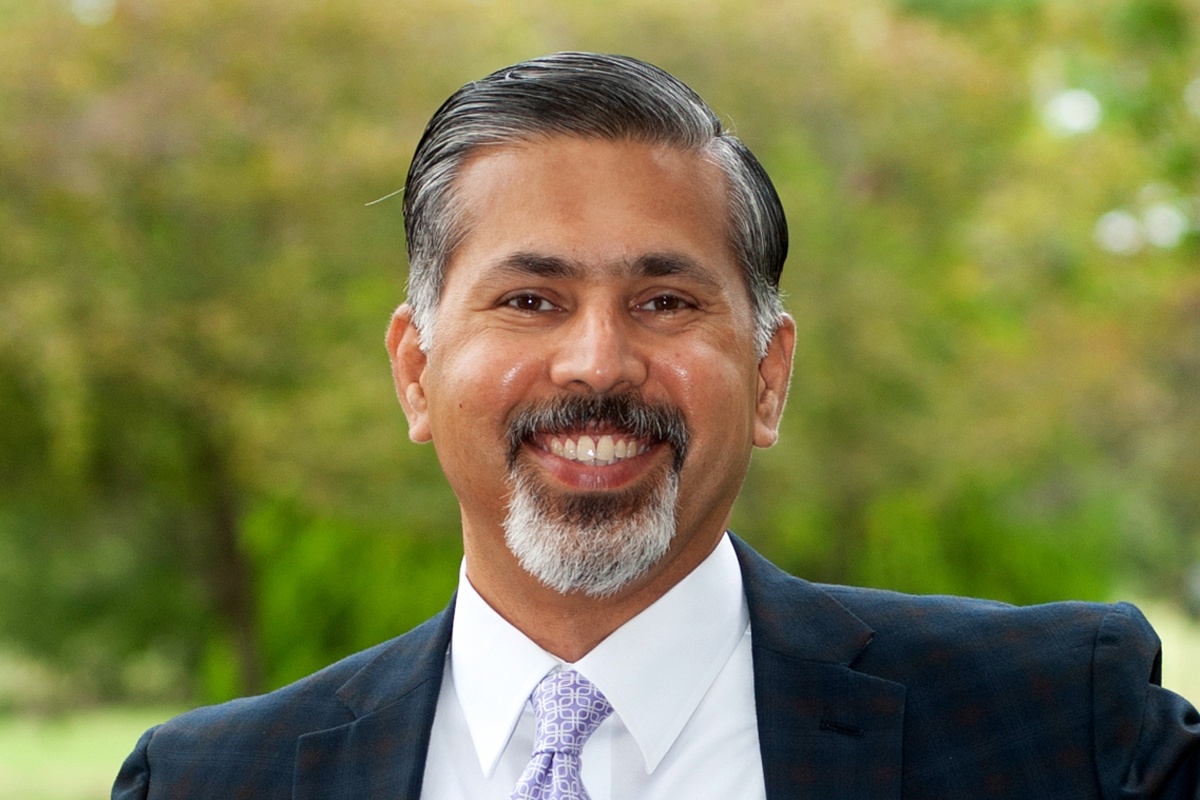By Sharon Omahen
University of Georgia
It will never be as popular as Grand Theft Auto or The Sims.
But
among the world’s agricultural scientists, increasing numbers are
requesting the latest version of DSSAT software.
DSSAT is Decision Support System for Agrotechnology Transfer,
a
crop-modeling computer program. It was created by researchers
from the universities of Georgia, Florida, Hawaii, Guelph and
Mississippi State and the International Center for Soil Fertility
and Agricultural Development.
International users
More than 1,500 registered users from 90 countries now use the
software. The program lets them model an entire crop cycle, from
planting to harvesting, in just seconds. It simulates a crop’s
growth, yield, water and nutrient requirements and the
environment’s impact on production.
About 50 international researchers and graduate students met
on
the UGA campus in Griffin, Ga., May 15-24 for a DSSAT software
training session. The program’s developers say it’s popular, in
part, because it lets scientists “grow” crops on their computer
screens without breaking a sweat.
“Computer models can provide an easy and very fast comparison
of
many different crop management scenarios and the interaction with
local weather and soil conditions,” said Gerrit Hoogenboom. A
DSSAT developer, he’s an agricultural engineer with the UGA
College of Agricultural and Environmental Sciences.
A variety of crops
DSSAT software simulates the growth of crops like peanuts,
sunflowers, sugarcane, wheat, soybeans, rice, tomatoes, sorghum,
millet, barley, potatoes, corn, black-eyed peas and dry
beans.
The latest version of DSSAT is particularly popular with
researchers in the Southeastern United States, as it allows users
to simulate cotton growth. Several participants in the recent
training want to develop models for crops like sweet potato and
sugarcane.
“This software program is by no means meant to be a substitute
for actual experimentation,” Hoogenboom said. “The software
results are not ultimate truths. And they’re not meant to replace
real experiments, real data or critical thinking. They’re more
like hypotheses. Anytime you use a computer model you should
question the results.”
The software was created by and for agricultural scientists.
But
the developers say it can be easily used and understood by
farmers and those with no science background. Several Web-based
tools are being developed for many on-farm applications of
DSSAT.
Easy to understand
“The way the software presents the data is an essential part
of
the success of DSSAT,” said Ken Boote, a DSSAT developer and
University of Florida agronomist. “You can’t give numbers that no
one can understand. Our program calculates crop growth and
development in a mathematical sense and then presents it through
graphics so users can easily understand the predictions.”
Boote says the developers’ goal is to educate all
audiences.
“One of our goals is to educate the people who talk to farmers
directly,” Boote said. “Consultants, ag industry representatives
and extension agents have the potential to spread the word to
farmers. Those farmers with interest in this technology would
also benefit from actually using the software themselves.”
Besides simulating a crop cycle, DSSAT has been used to
identify
the source of production management problems after a crop has
been harvested.
“It’s a way to see the whole picture and what is limiting the
crop,” Boote said. “The software works nicely this way to
determine whether water or nitrogen are limiting factors.
Uses keep growing
“It’s been used in Arkansas to help with early-season soybean
plantings, in Kentucky for determining planting dates, in Georgia
for predicting agricultural water usage, in West Africa to
diagnose yield loss of peanut crops from disease and in South
Africa for predicting corn yields. The list of applications is
never-ending.”
To further extend the software’s features, DSSAT users share
their uses and results via a computer discussion list and Web
site.
“In this way, the software contributes to the whole scientific
community,” Hoogenboom said.




